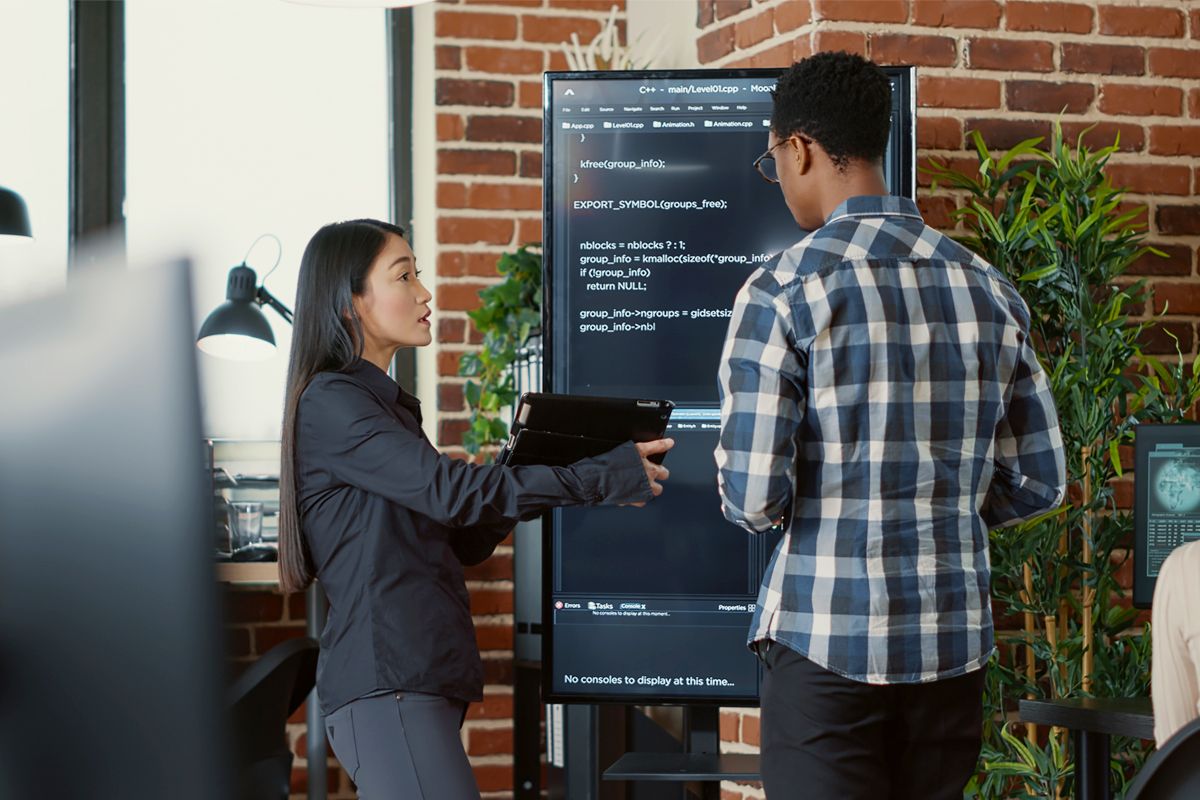Best Practices for Writing Clean and Maintainable Code

In the fast-paced world of software development, writing clean and maintainable code is not just a nice-to-have—it’s a necessity. Clean code is easier to understand, debug, and extend, making it a critical factor in reducing technical debt and ensuring long-term project success.
In this article, we’ll explore the best practices that every developer should follow to keep their codebase healthy, readable, and scalable over time.
Why Clean Code Matters
Clean code is the foundation of maintainable software. It allows teams to onboard new developers more quickly, simplifies debugging and testing, and minimizes the risk of introducing new bugs during updates. Projects that prioritize clean code are more adaptable and cost-effective in the long run.
1. Use Meaningful and Consistent Naming Conventions
Good naming is one of the simplest and most impactful ways to improve code readability. Variable, function, and class names should clearly describe their purpose.
Best practices:
- Avoid abbreviations and vague terms like temp, data, or thing.
- Follow a consistent naming convention (e.g., camelCase for variables, PascalCase for classes).
- Use domain-specific language that reflects the business logic.
2. Keep Functions Small and Focused
Functions should do one thing and do it well. Large, complex functions are hard to test, understand, and reuse.
Tips:
- Aim for functions with a single responsibility.
- Break down large blocks into smaller helper functions.
- If a function is more than 20–30 lines long, it might need to be refactored.
3. Avoid Code Duplication
Duplicate code increases the chances of bugs and inconsistency. If you find yourself copying and pasting code, it’s a sign that a refactor is needed.
Solutions:
- Create reusable functions or modules.
- Use inheritance or composition where applicable.
- Leverage configuration and parameters instead of repeating logic.

4. Write Self-Documenting Code
Clean code should be understandable without relying heavily on comments. That means writing code that explains itself through structure and naming.
Best practices:
- Use descriptive names that explain intent.
- Avoid magic numbers—use constants or enums.
- Structure your code logically, using indentation and spacing effectively.
5. Comment Only When Necessary
Comments can be helpful, but they shouldn’t replace clean coding practices. When comments are overused or outdated, they can cause confusion.
Use comments to:
- Explain “why” something is done, not “what” is done.
- Clarify complex logic that can’t be simplified further.
- Mark TODOs or potential improvements.
6. Follow a Consistent Code Style
Adopting a standard code style helps teams maintain a uniform structure across files and projects. Consistency reduces cognitive load when switching between codebases.
Tools to help:
- Prettier, ESLint for JavaScript
- PEP 8 and Black for Python
- EditorConfig for team-wide formatting consistency
7. Apply SOLID Principles
The SOLID principles are five design principles that promote good object-oriented programming:
- S: Single Responsibility Principle
- O: Open/Closed Principle
- L: Liskov Substitution Principle
- I: Interface Segregation Principle
- D: Dependency Inversion Principle
Following SOLID principles makes your code easier to maintain and extend.
8. Write Unit Tests and Use Test-Driven Development (TDD)
Clean code should be testable. Writing unit tests helps ensure your code works as expected and gives you confidence when refactoring.
Tip: Adopting TDD encourages simpler, modular code and forces you to think about the requirements before implementation.

9. Perform Code Reviews
Regular code reviews improve code quality, catch bugs early, and promote knowledge sharing among developers. Peer reviews also help enforce coding standards and best practices.
10. Refactor Regularly
Even well-written code can degrade over time. Continuous refactoring helps you eliminate technical debt and adapt to new requirements.
Practice refactoring when:
- Adding new features
- Fixing bugs
- Reducing complexity
Conclusion
Writing clean and maintainable code is both an art and a discipline. By following these best practices, developers can create software that’s easier to read, test, and scale—leading to better collaboration, faster development cycles, and more reliable products.
At the end of the day, the goal isn’t just to make the code work, but to make it work well for the people who read and maintain it next.




